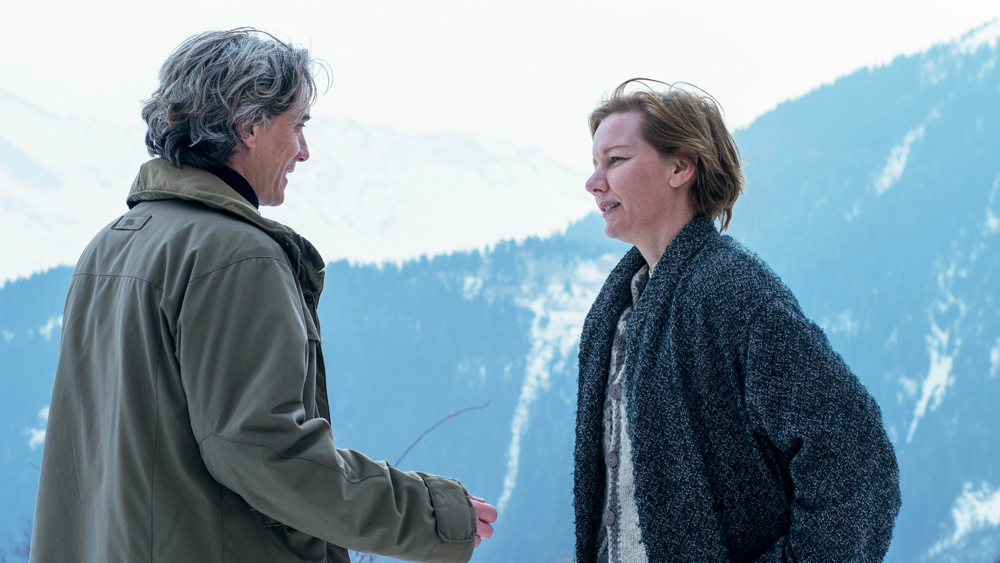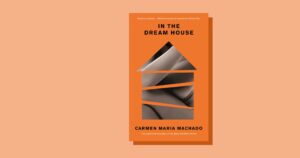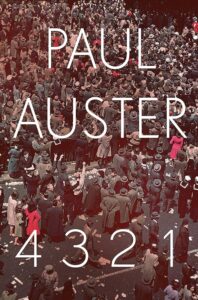Anatomy of a Fall, directed by Justine Triet, is a cinematic journey that transcends the boundaries of a conventional drama. Triet, known for her ability to delve into the complexities of human emotions, weaves a narrative that is as much a psychological thriller as it is a poignant study of a relationship in decay. Set in the serene yet haunting backdrop of a remote cabin in the French Alps, the film begins with the shocking news of Samuel’s (Samuel Theis) death, placing his wife, Sandra (Sandra Hüller), at the center of a murder trial.
The film masterfully navigates through different timelines, intertwining the past with the present, revealing layers of Sandra and Samuel’s relationship. The non-linear storytelling is a bold choice, one that pays off by keeping the audience engaged and constantly re-evaluating their understanding of the characters and their motivations. Each flashback serves as a puzzle piece, gradually forming a complete picture of their turbulent marriage.
Sandra, an acclaimed author, is a character shrouded in complexity. Hüller’s portrayal is nothing short of remarkable, bringing to life a woman whose external calm belies an internal turmoil. The film explores themes of creative and personal exploitation, as Sandra’s success as an author becomes a point of contention in their relationship. Her struggles with creative expression and personal identity are central to the narrative, adding depth to the already intricate plot.
Samuel, in contrast, is portrayed as a man battling his own demons, his character arc revealing the fragility and volatility of the male ego. Theis delivers a nuanced performance, capturing the essence of a man torn between love, jealousy, and a sense of inadequacy. The dynamics between Sandra and Samuel are explored with a raw honesty, shedding light on the silent battles that often take place within a relationship.
The film’s minimalistic approach to the soundtrack is noteworthy. The strategic use of just two songs throughout the film—50 Cent’s “P.I.M.P.” and Chopin’s “Prelude in E minor”—is a masterstroke. The contrast between the modern rap song and the classical piece mirrors the dichotomy in Sandra and Samuel’s relationship, highlighting the tension and discord that lie beneath the surface.
The supporting characters, including their son Daniel, add layers to the narrative, each playing a crucial role in unraveling the story. Their perspectives offer a fuller understanding of Sandra and Samuel’s relationship, showcasing how external perceptions can differ vastly from the reality of a situation.

Triet’s direction is particularly effective in the courtroom scenes, where the raw emotion and complexity of the couple’s relationship come to the forefront. These scenes are meticulously crafted, with a focus on dialogue and character reactions, allowing the audience to feel the weight of every word and glance.
Visually, the film is a feast for the eyes. The snowy landscapes of the French Alps are captured with a stark beauty, reflecting the isolation and coldness that permeate Sandra and Samuel’s marriage. The cinematography is deliberate and thoughtful, with each frame carefully composed to enhance the emotional impact of the scene.
As the film approaches its conclusion, it becomes clear that Anatomy of a Fall is not just about the unraveling of a marriage or the mystery surrounding a death. It’s a meditation on the human condition, on the complexities of love, trust, and betrayal. The resolution of the trial brings some closure, but the film leaves the audience with lingering questions about the nature of truth and the intricacies of human relationships.
In summary, Anatomy of a Fall is a masterful creation by Triet, a film that challenges and captivates in equal measure. It’s a cinematic experience that defies easy categorization, offering a rich, multi-layered narrative that resonates long after the credits roll. This film is a poignant reminder of the fragility of human connections and the enduring mystery of the human heart.









